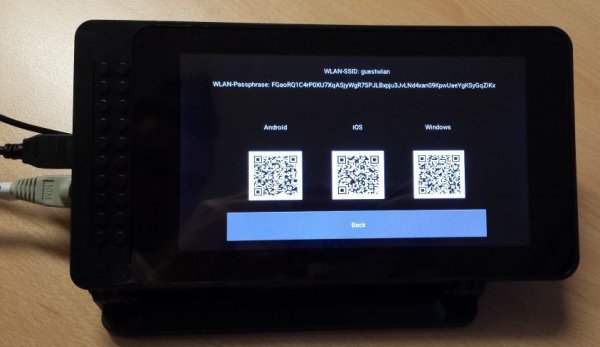There will be no special badges for DEFCON. Everyone will still have badges — and our expectations are tempered because of the one year on / one year off schedule for electronic badges — there just won’t be mind-bending puzzles wrapped up in the official badges. What this means: it probably won’t matter if you’re late for linecon, and someone in the DEFCON hive mind still has a Facebook. Also, DEFCON is canceled.
In the past, we have decried the very existence of fidget spinners. It’s what the kids are into, after all. However, an electronic fidget spinner is an interesting engineering challenge. It combines the mechanical fun of bearing science, the exacting precision of balancing stuff, and stuffing electronics where no electronics should be. This Kickstarter is perhaps the best electronic fidget spinner we’ve seen. The electronics are powered by a coin cell and are packed into one of the spaces for the ‘wing’ bearings, and two additional weighted bearings allow the spinner to balance. There’s a small magnet for a hall effect sensor in the ‘stator cap’ so RPM can be measured. This design uses the most common mold for a fidget spinner, making it very manufacturable. Compare this design to the Internet of Fidget Spinners, a POV fidget Spinner, another POV fidget spinner, an educational electronic fidget spinner, or this amazing technique to measure the speed of a fidget spinner that will blow your mind, and you’ll see this Kickstarter project is clearly the superior design.
You kids are spoiled with your programmable drum machines like your 808 and 909. Back in the day, drum machines were attached to organs, and only had a few patterns. You couldn’t change the patterns, you could only change the speed. [Jan] has created one of these prehistoric drum machines in a microcontroller. You get hard rock, disco, reggae, rock, samba, rumba, cha-cha, bossa nova, beguine, synthpop, boogie, waltz, jazz rock, and slow rock. Awesome.
There’s a new electronics magazine. It’s called DIYODE, and we’re all kicking ourselves for not coming up with that name.
Do you need a new password? Humans really aren’t good at coming up with random numbers, and if you need a completely random alphanumeric password, it’s best left to a computer. Have no fear, because there’s now a website that generates the single most secure password on the planet. This password, “H4!b5at+kWls-8yh4Guq”, features upper and lowercase characters, numbers, symbols, and twenty unique characters. This password was developed by security researchers and encryption specialists in Europe, so you know it has absolutely nothing to do with the NSA, CIA, or any other American three-letter agency.
Speaking of three-letter agencies, last Wednesday was International Selfie Day! That doesn’t mean you still can’t get in on the action. Take a selfie right now and upload it to social media! What’s facial recognition?
Looking for a great little ESP32 breakout board with all the bells and whistles? Olimex has a new board out with Ethernet, a MicroSD card slot, and 20 GPIOs broken out.

















